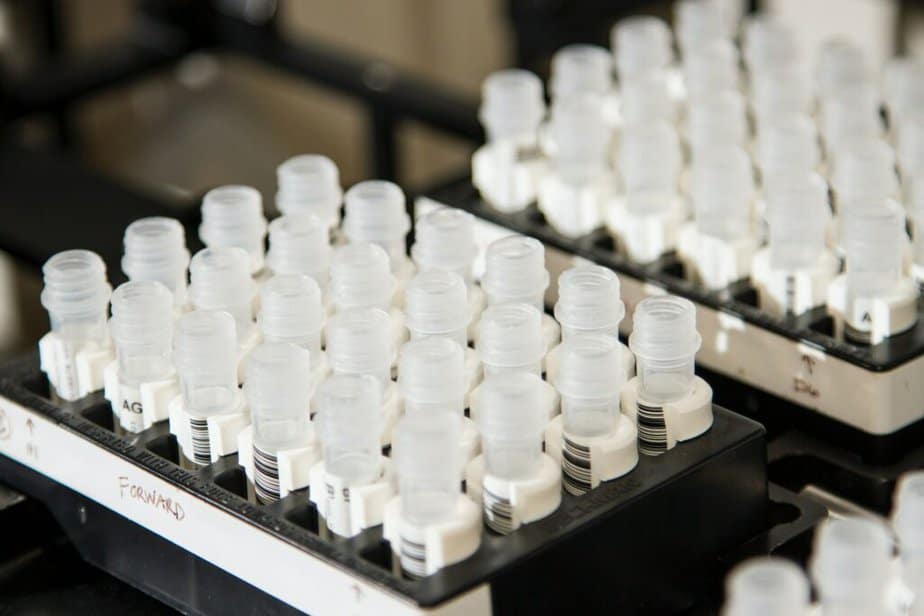Table of contents
An autosomal DNA test is a measurement of your autosomal chromosomes. Everyone (with rare exceptions) is born with a set of 23 pairs of chromosomes. We inherit half from our mother and the other half from our father.
Two of those pairs are usually sex chromosomes (XX in females and XY in males), and the remaining 22 pairs of chromosomes are autosomal or autosomes. An ancestry autosomal DNA test is rich in information that unravels your autosomal DNA testing for genealogy and can determine ethnic ancestry.
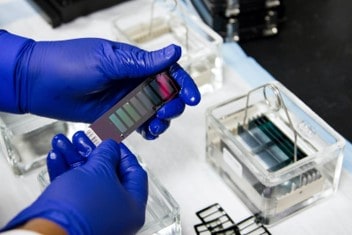
This type of ancestry test can analyze more of your relatives than any other one. Autosomal DNA tests are useful for finding relatives up to 10th generation distant cousins and can go back up to 7 or more generations.
This article will begin by explaining what autosomal DNA is and explain how Nebula Genomics can more accurately set you on the right path to establishing your genealogy and ethnic ancestry.
What is autosomal DNA?
Our chromosomes are typically classified into two types: Sex chromosomes and autosomal chromosomes.
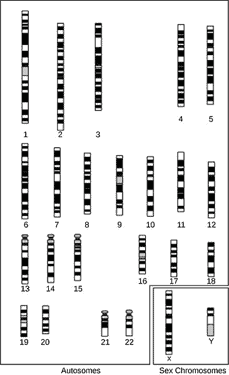
Sex chromosomes are composed of the X and Y chromosomes, and humans typically either have two X chromosomes or an X and a Y chromosome.
Autosomal chromosomes make up the other 22 pairs and contain about 20,000 genes. This is the portion that autosomal DNA tests decode and analyze. Interestingly, 99.9% of this information is identical in every human being. It is the small variations that determine your traits and genetic makeup, including the ones you inherit.
Autosomal dominant vs autosomal recessive
Let’s quickly break down the types of autosomes to understand better how the tests work. Within the 22 autosomes, there are two categories of genes or conditions that are passed onto the offspring by their parents. These are autosomal dominant and autosomal recessive.
Autosomal dominant
If a given condition (a trait or a disease) is dominant, the offspring only needs one gene from one parent to have the trait or condition.
Here are two inheritance patterns:
- You have the trait or condition if you inherit the gene from one of your parents only.
- You do not have the condition or trait if both of your parents pass on an unaffected gene.
For an autosomal dominant condition to manifest, you only need to inherit it from one of your parents. You can still get an autosomal dominant disease even if none of your parents has it when a mutation occurs.
Some common autosomal dominant disorders include Marfan syndrome and Huntington’s disease.
Autosomal recessive
An autosomal recessive trait or condition will only manifest if you inherit it from both of your parents. A very common autosomal recessive disease is cystic fibrosis. This means that you need both of your parents to pass it on to you to have the condition.
If one of your parents passes on to you an affected gene but the other passes on an unaffected one, you still carry this gene, of course, but you do not manifest it. You are, therefore, a carrier. If you have children, you can pass on this affected gene to them.
There are three ways in which an autosomal recessive trait or condition can happen:
- You inherit an affected gene from one parent but not the other. You do not have the condition, but you are a carrier.
- You do not inherit any affected genes from any of your parents. No condition, not a carrier.
- You inherit an affected gene from both parents. You manifest the trait or condition.
Autosomal DNA testing: How does it work?
Autosomal DNA testing will look into these 22 pairs of autosomes. Through an analysis, an autosomal DNA test can determine who are your close relatives and even go several generations back and also determine your most common ancestry.
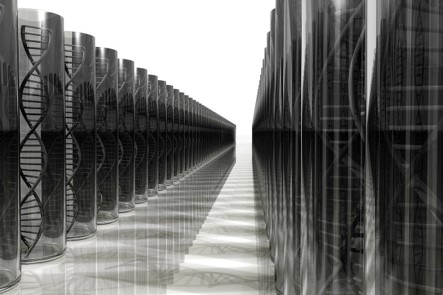
The process
The first step to an autosomal DNA test is to provide a DNA sample through DNA kits. You do this with a spit, cheek swab, or blood. The sample is sent to a laboratory that will sequence your DNA and provide the autosomal DNA results from the genetic test.
Once this is done, the facility will analyze the autosomal dna test results through a chromosome browser and compare them with other testers’ results. This is why the size of the genetic pool of a company is essential.
Within your DNA, scientists can now look across it, finding important positions or markers. The closer two relatives are, the more similar these markers will be. The company can then compare your DNA against their database to find close relatives. This information can also be used to trace back ethnicity several generations back.
The autosomal DNA delivers a lot more genetic information than Y-chromosome, and mitochondrial DNA testing (mtDNA tests) because there is a lot more information to be found in all 22 autosomal chromosomes.
Who should take the test?
There are two reasons why people take an autosomal DNA test:
- To find out where their ancestors from 500 to 1000 years ago might have lived.
- To find existing family members.
Additionally, if there is a condition running in your family for generations, this test can confirm if you inherited the disease and your chances of having it.
The results obtained are more relevant to family ties than mtDNA or Y-DNA because it entails genetic information shared by all the members of your family. A Y-chromosome DNA test only traces the paternal lineage, and mtDNA only traces the maternal line through your mother’s side.
Everyone in your family can take an autosomal DNA test, regardless of age and gender. They provide information about your current relatives and recent genetic history. It is also an accurate way of finding new members from older generations.
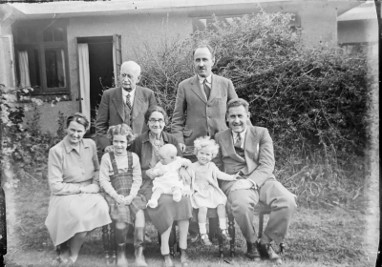
For best results, you should test your older generations – great grandparents, grandparents, parents, uncles, and aunts. When you test both parents, you can determine what section of your genes you inherited from which parent.
Test your siblings, too, as they may have inherited some DNA that you did not. Your uncles and aunts will have some DNA that your parents did not inherit from your grandparents.
Next would be to test your other close relatives. We are talking about first to third cousins to get a better representation, although testing second cousins delivers a maximum return. Your cousins share a DNA set from your grandparents that your parents did not pass on to you.
Nebula Genomics decodes 100% of your autosomes with our 30X Whole Genome Sequencing test kit. Plus, with our partnership with YFull, you can trace your ancestors from many years behind and discover if you share ethnicity markers. You can also find out whom you have common ancestors with, where lived and where they moved to through generations.
Transferring DNA test results
Perhaps you got your DNA test results from another company and would like to compare it against a more extensive DNA database. Testing companies such as 23andMe and Ancestry provide your raw DNA information along with your results. We are continuously adding partners and next, we will take in your raw DNA from Living DNA and other testing companies.
You can easily upload raw DNA results to Nebula to get broader results of your ancestors, relatives, and DNA markers’ connections to other populations in the United States and worldwide.
How accurate is the autosomal DNA test?
This test type is very accurate to confirm parent/child relationships and relationships up to a second cousin. It can also help identify and find most of your third cousins. Finding more than that would require genealogical information and some additional context.
Although with lower accuracy, an autosomal DNA test kit could even help you find a tenth cousin.
Accessing more distant relatives requires more relatives to be tested in order to compare how much DNA is shared within the extended family. For example, if you want to confirm a connection with a 5th cousin, you might need to test 20 or more first and second cousins to see how much they share with a 4th cousin once removed or with a possible 5th cousin.

Ethnic ancestry reports
As stated earlier, an autosomal DNA test is more comprehensive than Y-DNA and mtDNA, and it can more accurately help trace your ethnic origins. Your report includes approximations of the different places your DNA might have come from and in what percentage.
Most people want to find out about their ethnicity results to understand better where they come from. This could help cement a sense of identity or locate family you never knew existed.
Autosomal DNA testing comparison
The type of reports and information you get from different companies might vary since this will depend on their database. Remember that whatever genetic information they get from you, they need to compare it against what they already have from previous testers.
Here’s a list of some of the best companies offering an ancestry autosomal DNA test.
Nebula Genomics
Nebula Genomics is a personal genomics company that identifies all of your genetic markers to help you discover your family history and members. Our autosomal DNA test offers you a very accurate and complete picture of your ancestry.
We aim to create a sizable genetic data repository to enable users to share their DNA within the highest privacy standards to advance in the study of human genetics. Learning more about people’s genetics will help discover and develop better drugs and treatments.
Using the latest technology, we uncover 100% of your DNA, so nothing gets left out. We are building the most comprehensive DNA database, and you can be a part of it.
FamilyTreeDNA
One of the advantages of FamilyTreeDNA is that you get matches identified by their real names, not usernames. They have a Family Matching System that proves useful when you have many family members in their database.
They have considerably expanded their database, and Nebula has partnered with them to offer better results across their databases.
23 and Me
23andMe has another of the largest databases, and they offer a very complete and detailed ethnic breakdown. Currently, they can trace over 1500 regions of DNA.
This family finder test has a feature named Automatic Family Tree Builder that predicts a family tree from your relatives in 23andMe.
Ancestry
Ancestry is a company that has spent considerable amounts on advertising. Thanks to that, they have the largest DNA database with over 15 million people. They have a relatively new feature called Genetic Communities, which helps find populations and places that might be a part of your past.
Another interesting feature in their website is ThruLines to see how an individual may be related to their DNA matches. This is a paid DNA testing service.
Other ancestry DNA tests for discovering your ancestry and connecting with relatives include African Ancestry, MyHeritage, CRI Genetics, and WeGene.
The bottom line
Autosomal DNA is a complete DNA test to find relatives you probably didn’t know existed and trace your ancestry several generations back. Here at Nebula Genomics, our 30x Whole Genome Sequencing will decode 100% of your autosomal DNA, giving you all the benefits of knowing your relatives and ancestors like no other company. You can also upload raw DNA data from other companies and download your whole genome sequencing from Nebula Genomics.
If you would like to know more about DNA inheritance and autosomal DNA, you may want to look at this piece about genetic genealogy research.
Check out how we use Y-chromosome and mitochondrial DNA to determine ancestry and ethnicity estimates. In particular, we also discuss everything there is to know about specific ethnic DNA tests such as African DNA tests and autosomal dna tests for Native American DNA.
Looking for more DNA test reviews? You can read more reviews on our blog and check out our complete guide to the best DNA test kit and other home tests.
Edited by Christina Swords, PhD
